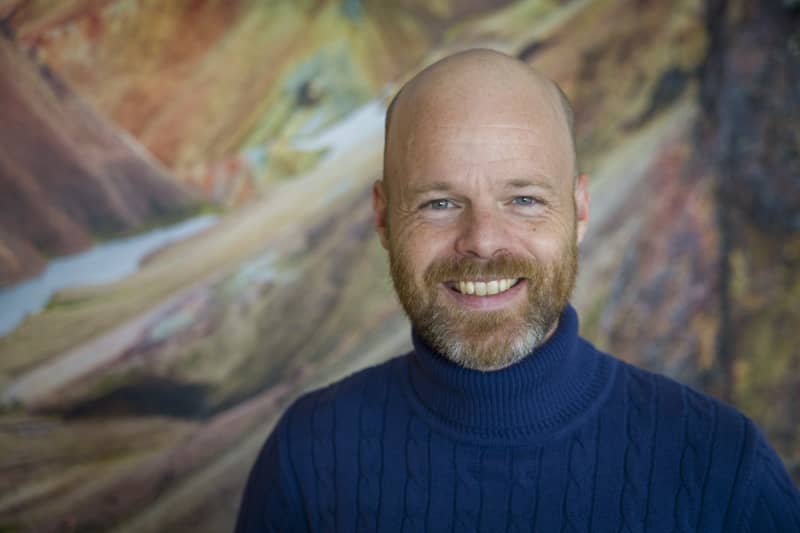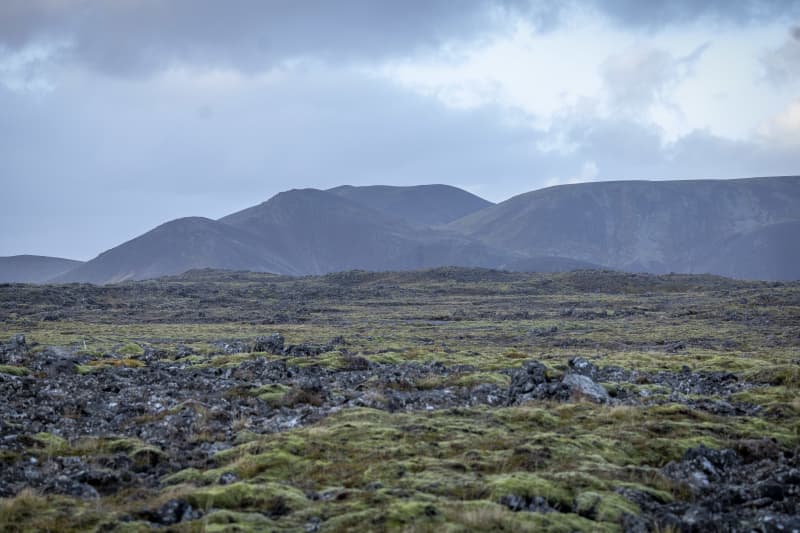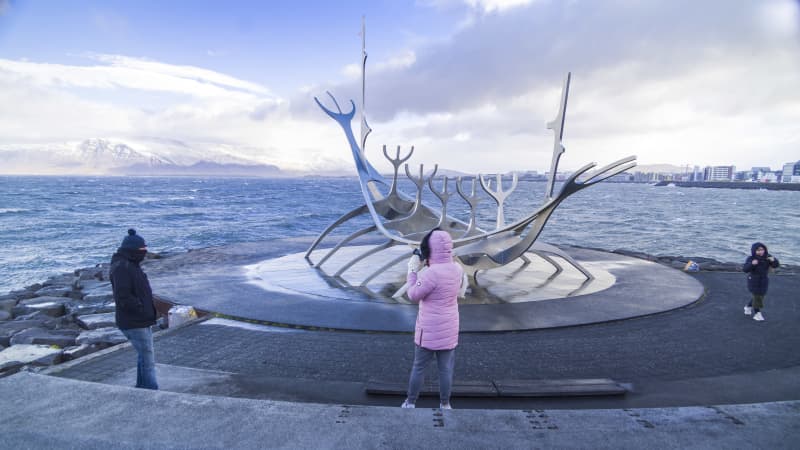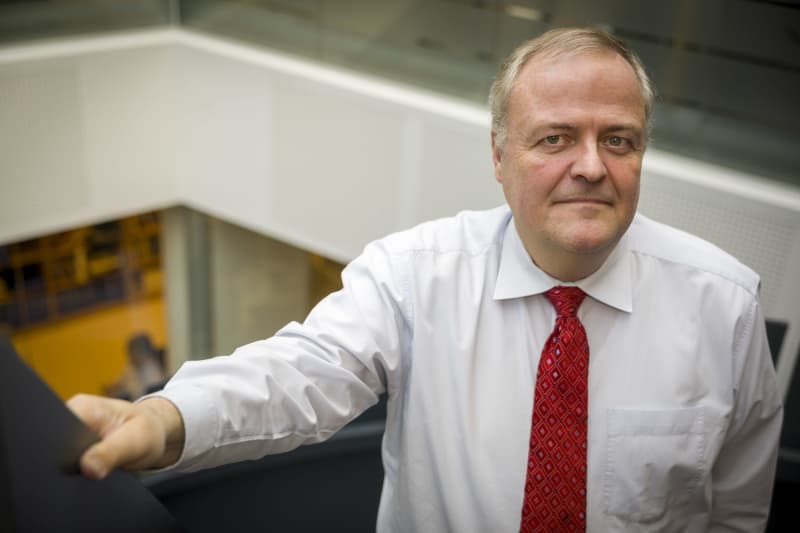Tourism lifted Iceland out of a deep economic depression in the last decade. Now may be the place for growth regulation, say the Icelandic professors interviewed by Yle.
The beginning of Iceland’s tourism boom was literally explosive. A volcano that erupted from under the Eyjafjallajökull glacier spewed a dense cloud of particles into the sky, which paralyzed European air traffic in the spring of 2010.
It was a further blow to Iceland, whose economy was in deep trouble due to the financial crisis. Only the most optimistic dared to hope that the eruption would become a marketing asset for tourism.
The optimists were right: after weeks of repeated volcano headlines, Europeans are startled to notice Iceland. That’s a new and exotic travel destination!
– Iceland’s worried tourism industry invested in marketing. Tourism was generally growing in the world. Low-cost airlines had become more common. The financial crisis had made Iceland a much cheaper destination for foreigners than before.
– Iceland became the gateway to the North. The flight here is simpler than to many other arctic regions, even to Lapland.

Tourism overtook cod
Fishing, the ancient mainstay of Iceland’s economy, began to lose its unbeatable position a quarter of a century ago due to environmental changes and overfishing. Iceland needed another leg.
The solution was the aluminum industry. Demand for aluminum was growing rapidly worldwide, but energy-hungry production was a problem. Not for Iceland though. There is enough cheap energy from its fiery soil and glacial rivers, and the island’s windy climate is not even used for energy production yet.
Tourism boomed past both previous main sources of income in a few years.
Currently, fish and aluminum account for about 40 percent of Iceland’s income. Tourism alone generates the same amount in the coffers.
Climate change is pulling the glaciers
During the interest rate pandemic, tourism showed signs of waning, but after the pandemic, it has returned to growth. According to forecasts, new visitor records will be set in the next two years.
The busiest tourist season is June–August, but tourism has also increased in winter. At that time, Iceland is especially attracted by the northern lights, but perhaps surprisingly also by the awareness of climate change. It progresses much faster in the Arctic regions than on average on Earth.
– People want to experience arctic nature before it changes. They come to see the glaciers before they melt away, says Gunnar Þór.
Even in the summer you can go on glaciers on your excursions, but in the winter it is possible to even get inside them, in an ice cave.
According to surveys, nature is the reason for a trip to Iceland for 80 percent of tourists.
*In addition to the first name, Icelanders have a patronymic formed from the father’s name, -son or -daughter, not a surname. Just the first name is used even in official contexts and also in this story.*

Although the hot springs, northern lights and other natural phenomena are attractive to Iceland, most tourists enjoy them in the more densely populated areas or on the southern coast.
More than 60 percent of Iceland’s inhabitants live in the capital, Reykjavik, and its outskirts.
You can go to the uninhabited highlands of central Iceland, but special respect is requested for its fragile nature. Renting an off-road car does not mean permission to go off-road.
According to Gunnar Þór, Ylänkö is Europe’s largest untouched wilderness. It can hardly be matched anywhere else, he says.
Iceland’s short growing season makes the moss-covered lava fields extremely vulnerable. Winters becoming milder than before is not helping Iceland’s hundreds of moss species, quite the opposite. As the protection provided by ice and snow decreases, the vegetation is even more vulnerable to destruction.
According to Gunnar Þóri, the environmental change in the highlands has been so rapid that even the locals can no longer manage in the terrain with traditional knowledge alone.
A nature park has been proposed to protect the highlands. The proposal failed, but the discussion continues, he says.
– The risk is that irresponsible investors buy land and establish their own tourist destinations here and there as they please.

The professors agree that the highlands cannot withstand the uncontrolled growth of tourism.
– Tourism in Iceland is now only driven by market forces. There is no official regulation. At some point, one may be needed, says Gylfi.
Although everyone’s right allows free movement in Iceland, not everyone can go anywhere at any time, Gunnar Þór sums up.
According to him, it may be culturally difficult for Icelanders to accept the flip side of tourism, that the future restrictions would apply not only to tourists but also to them.
Criticism has increased
According to Professor Gunnar Þór Jóhannesson, the economic difficulties that followed the financial crisis opened the eyes of politicians and entrepreneurs to the economic importance of tourism and new ways of utilizing tourism.
The citizens, on the other hand, enjoyed how the currency brought by tourism began to melt unemployment and increase wages.
They were asked their opinion about the boom in tourism, after it had lasted for a few years. In surveys, up to 80 percent answered that the capture of tourism was at least a good thing, if not an excellent thing. According to Gunnar Þóri’s feel, critical voices have increased recently.
– If the same question had been asked within a year, there would certainly have been more criticisms about continued growth without obstacles. It can be said that the control of market forces is demanded more strongly than before.
He still estimates that most would still answer that the growth of tourism is in Iceland’s interest.
According to him, the key thing is that tourism is not developed as its own parallel world, separated from the everyday reality of Icelanders. Nowadays, more and more entrepreneurs understand that, he thanks.
– Development must be thought of from the point of view of what kind of tourism builds or improves the well-being of communities without destroying their basic pillars. Fortunately, scientists have begun to be listened to better than before.

In 2019, when there were still plenty of Russian and Asian tourists visiting Finland, slightly more than one tourist was recorded for every resident. In Iceland, the corresponding number was almost six at the time, and according to forecasts, it will soon approach seven.
At the end of the last decade, Iceland started to be called a victim of mass tourism in the same way as Venice, Barcelona or Berlin. According to Gunnar Þór, the comparison is not true, although he admits that there is too much traffic in some places at some times.
Claiming to be a victim is not useful in the tourism discussion, he says. Who would be allowed to dictate a one-size-fits-all answer for the entire country and all its inhabitants, he asks.
The carrying capacity of Reykjavik with 140,000 inhabitants is completely different from that of a small fishing village where thousands of tourists land from a cruise ship at once, he compares.
The equation doesn’t work if the residents want, on the one hand, authentic Icelandic village life and, on the other hand, shops and services that are in demand maybe only a few days a year.
– The income from cruise tourism may indeed pay for the maintenance of the harbors for the benefit of the locals as well, as many remind, but it is very important that the residents do not have to feel like exotic exhibits.

There has been a shortage of homes
Gylfi Magnússon thinks that the tourism boom is probably a double-edged sword in the opinion of most Icelanders today. Tensions have also arisen from tourism, the professor of economics admits.
– Of course Icelanders appreciate the fact that their purchasing power has increased. But on the other hand, construction has not kept up with their needs. Airbnb rental for tourists also adds scarcity to the housing market.
The availability of real estate has weakened and prices have risen sharply not only in Reykjavik but also in other parts of Iceland.
That is a big reason for inflation, which already rose to eight percent in September. In Finland, the September figure was two and a half percentage points lower.
Inflation is a concern, but it can be solved, says Gylfi.
– You can’t really talk about any economic crisis. Rather, it can be said that the economy has overheated.
How does he see the future of tourism in Iceland?
– External factors have a lot of influence. If there is an economic crisis in Europe, it will be felt in us, and war and other turmoil can certainly affect us as well. And here, on the other hand, you never know when a volcano will surprise you.
